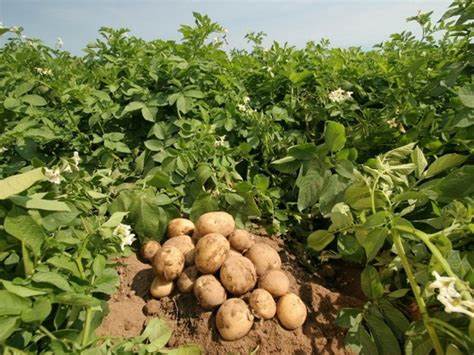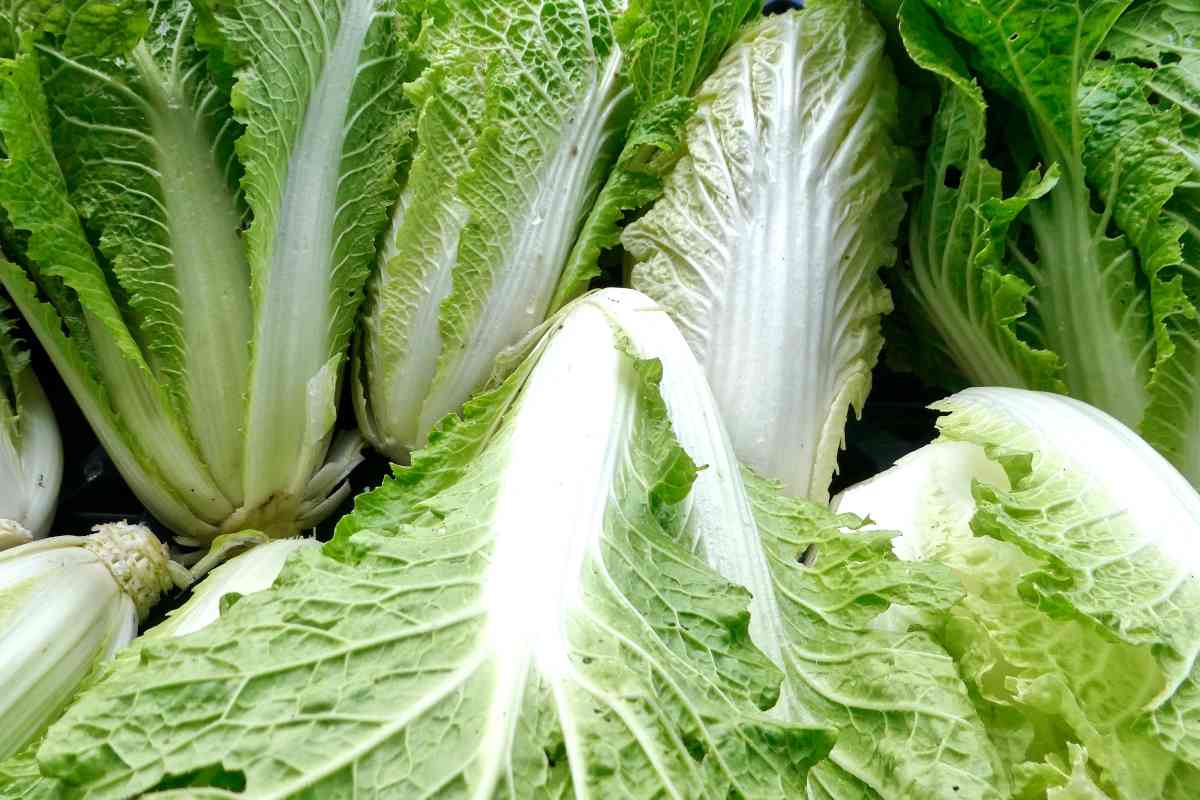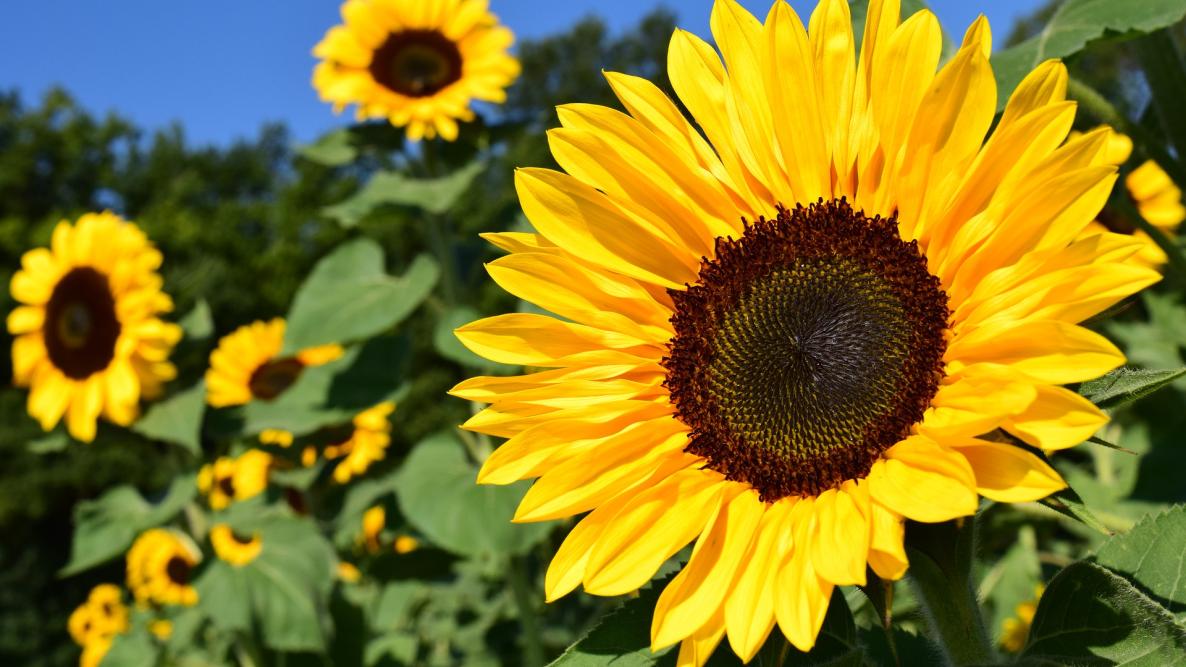HOW TO GROW WHEAT

- Musa Silumesii
- 16 Oct, 2023
THE most common crops that a lot of farmers plant in this country are maize, groundnuts, beans, cassava, sweet potatoes and many more. There are very few farmers who would think of planting wheat because most of them have the perception that it is a white man's crop.
This is not true because wheat can be planted by any farmer regardless of the farmers colour, creed, race or may be tribe. It is a crop that can be planted whether on small or large scale basis.
This article will endeavor to delve into the nitty –gritty of what it takes to plant wheat either on a large scale or small scale for home consumption after grinding it into flour at the hammer mill.
According to Wiki How a farmer who wishes to grow wheat doesn't need to worry much about how much space he/she must possess but one need to plan for the crop carefully. Planning and timing the planting of your crop gives it the best chance of flourishing.
The farmer also need to prepare the area where he/she will plant the wheat to make sure that it takes to the ground and grows well. Finally, planting the seeds evenly and carefully can ensure a great crop of wheat!
Planning Your Crop Determine how much space you have
About 1,000 square feet will yield 30 kg of grain. That's about the space of a backyard. It's very important for the farmer to figure out how much wheat he/she want to grow and how much space it will take.
Determine the type of wheat to plant
Winter wheat is planted in the fall and harvested in early spring. It also tends to be the preferred variety since it is more nutritious and competes with fewer weeds in the spring. Spring wheat is planted in the spring and harvested in the fall. It is the more common variety in areas that have colder winters.
Choose your planting location
Your wheat should get plenty of sun while it grows, so make sure you plant it in full sun. The area where you plant should get about eight hours of sun a day. This is true whether you plant winter or spring wheat. Don't plan on planting your crop anywhere where there's too much shade.
Time your planting season
Prepare to plant winter wheat in the fall, approximately 6 to 8 weeks before the soil freezes, as this allows for strong root growth. Spring wheat can be planted as early as you can work the soil. Wheat grows best in 70 to 75 degree Fahrenheit ((21 to 24 degrees Celsius) weather, so you should plant your wheat when the weather is approaching that temperature (and eventually rising).
Planting Your Seeds Till your soil
You should till your soil to a depth of 15 cm. You can use a rake, rototiller, or shovel to prepare the soil, although a rototiller is probably best if you're covering a large area. The ground needs to be as close to even as possible once you're finished, so you might need to run a rake over the top of the soil to even it out.
Spread compost if necessary
If your soil is overly dry (it will be a light brown color) or somewhat rocky, you might need a layer of compost. This provides the soil with extra nutrients and can help the wheat grow better. Soil that is a rich brown color and moist to the touch doesn't need any extra compost.
Spread your seeds
You can use your hand, but an actual seed spreader is best, because it gives you more even coverage. You should spread the seeds so that you have approximately one seed per 2.5 square centimeters of space. The package of seeds should tell you how many pounds of seed you should use per 1,000 square feet of planting area, to give you a better idea of how much seed you need for large areas.
Rake the seeds
Once you've spread the seeds, they need to get worked into the soil. Using a metal rake, gently rake over the seeds so they get worked into the soil. Make sure you rake evenly so your crop doesn't come up in clumps.
Cover the seed with a thin layer of soil
This prevents the seed from drying out in the sun and from birds feeding on it. Cover spring wheat without about 3.8 cm of soil. Winter wheat should be 6.4 cm deep. The seed should never be covered by more than 7.6 cm of soil.
Water your newly planted seeds
You should soak the area that's planted right away. Keep the entire planting area moist until the wheat begins to grow. Cooler weather and more rain means less watering on your part.
Maintaining Your Wheat Water your plants during dry spells
If your planting area goes through a dry spell - no rain for a week or so - you'll need to water the planting area. This will probably be more necessary if you're planting winter wheat than if you plant spring wheat.
Weed as needed
Wheat grows very close together, so you might not need to weed regularly. You should, however, keep an eye out for weeds, especially if it's your first time growing and you haven't spread your seeds evenly.
Protect your crop from pests
Slugs and insects like sawflies can destroy a crop of wheat. Slugs are likely to appear when the wheat is still very short, under 9 to 10 cm. If you see them, use slug baits to keep them away from your wheat. If you notice sawflies, spray your crop with insecticide to protect the wheat.
Leave a Reply
Your email address will not be published. Required fields are marked *
.jpg)












